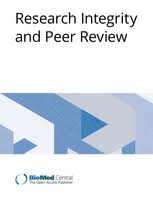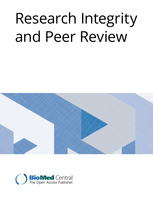 Are there a limited number of ways to describe the the background and methods of an experiment? Once something has been written well, and vetted by editors, is it a waste of time to rewrite it ? And if text has been reused, how should that be indicated — if at all?
Are there a limited number of ways to describe the the background and methods of an experiment? Once something has been written well, and vetted by editors, is it a waste of time to rewrite it ? And if text has been reused, how should that be indicated — if at all?
These are questions we’ve asked before — and are revisiting after reviewing a pair of commentaries published earlier this year in Research Integrity and Peer Review. We’ve certainly seen our fair share of retractions due to duplication (so many we can’t cover them all) — but in one commentary, Cary Moskovitz — the Director of Writing in the Disciplines at the Thompson Writing Program at Duke University — argues that some text recycling — aka, “self-plagiarism” or duplication — is sometimes unavoidable, and, in some situations, even preferable. He told us:
